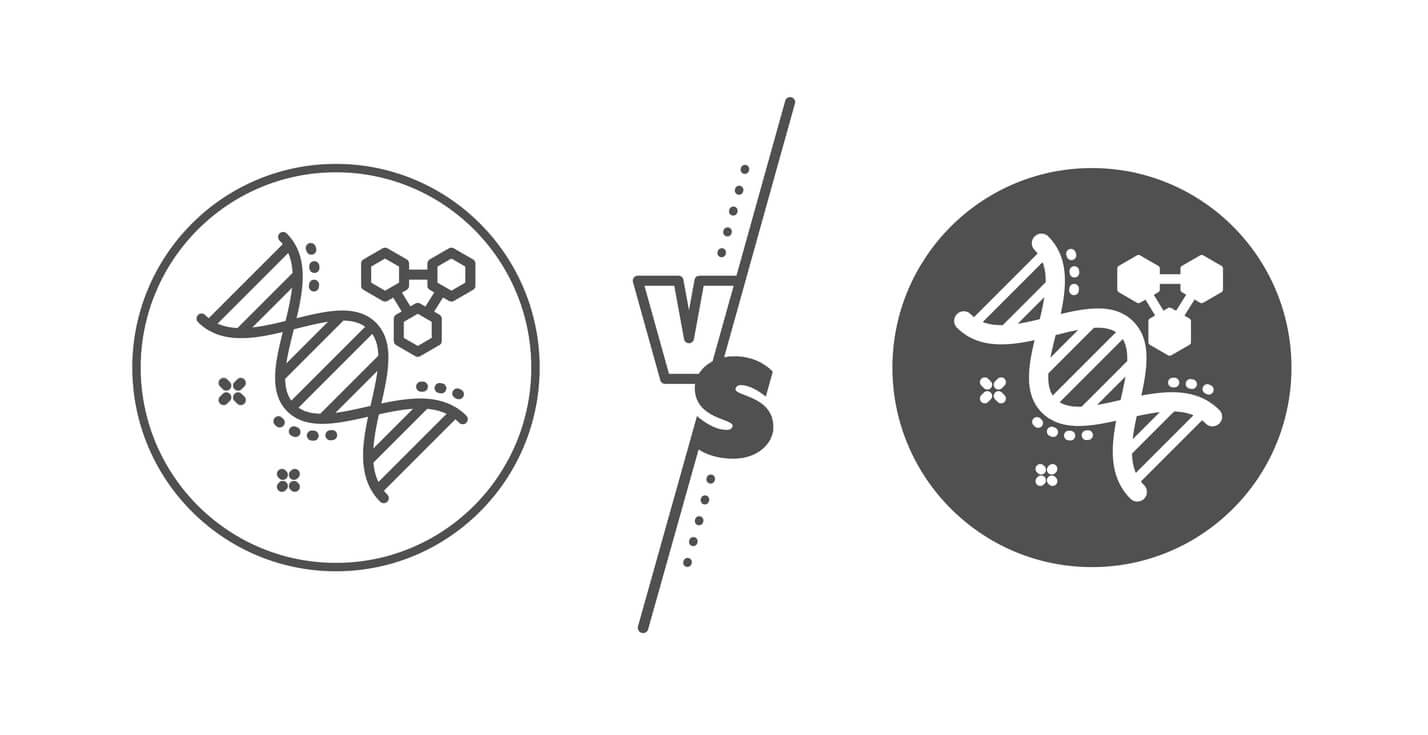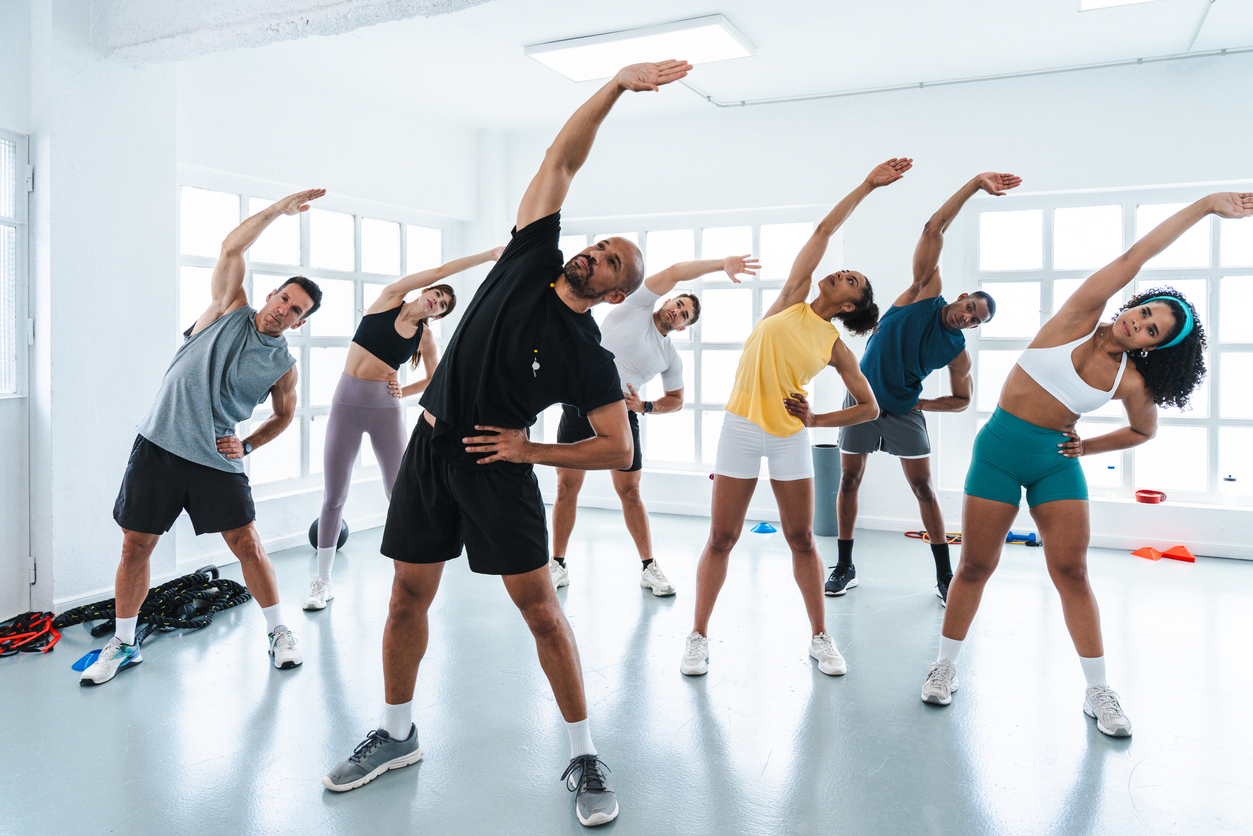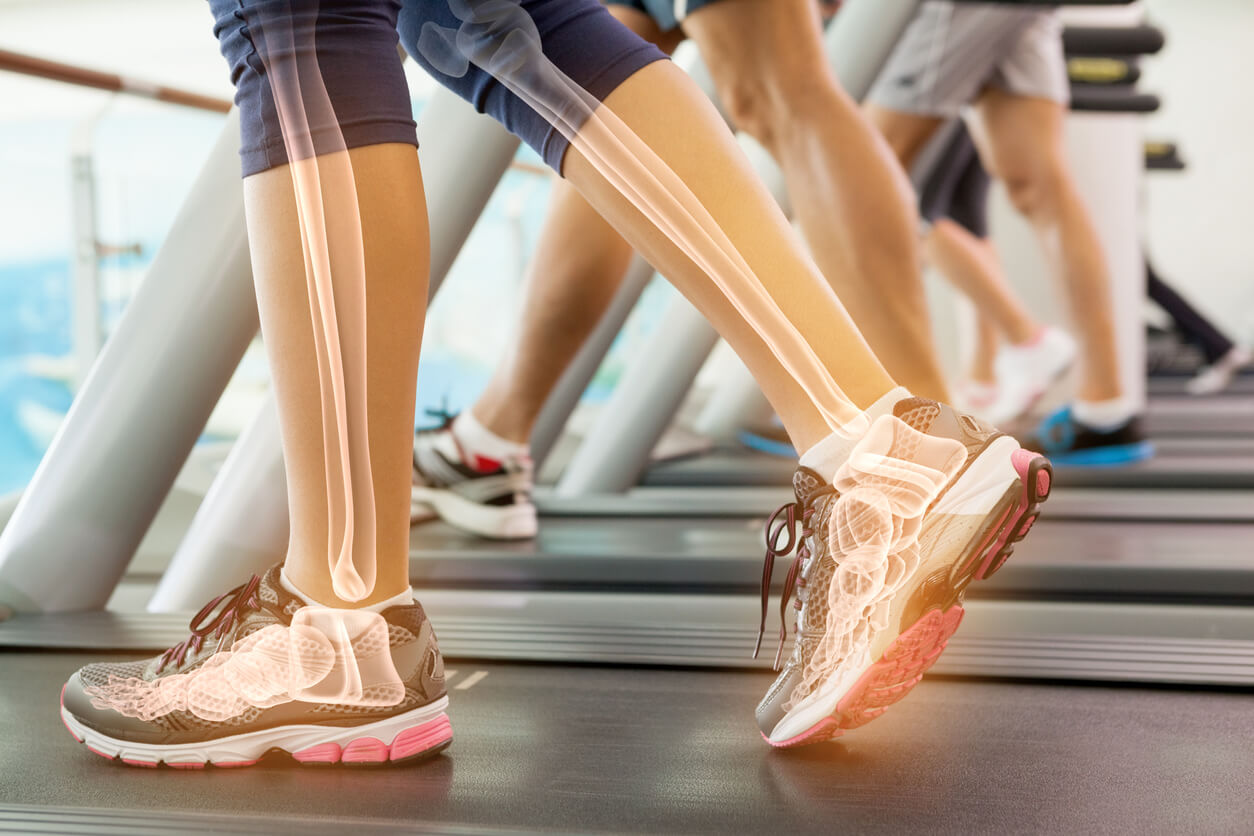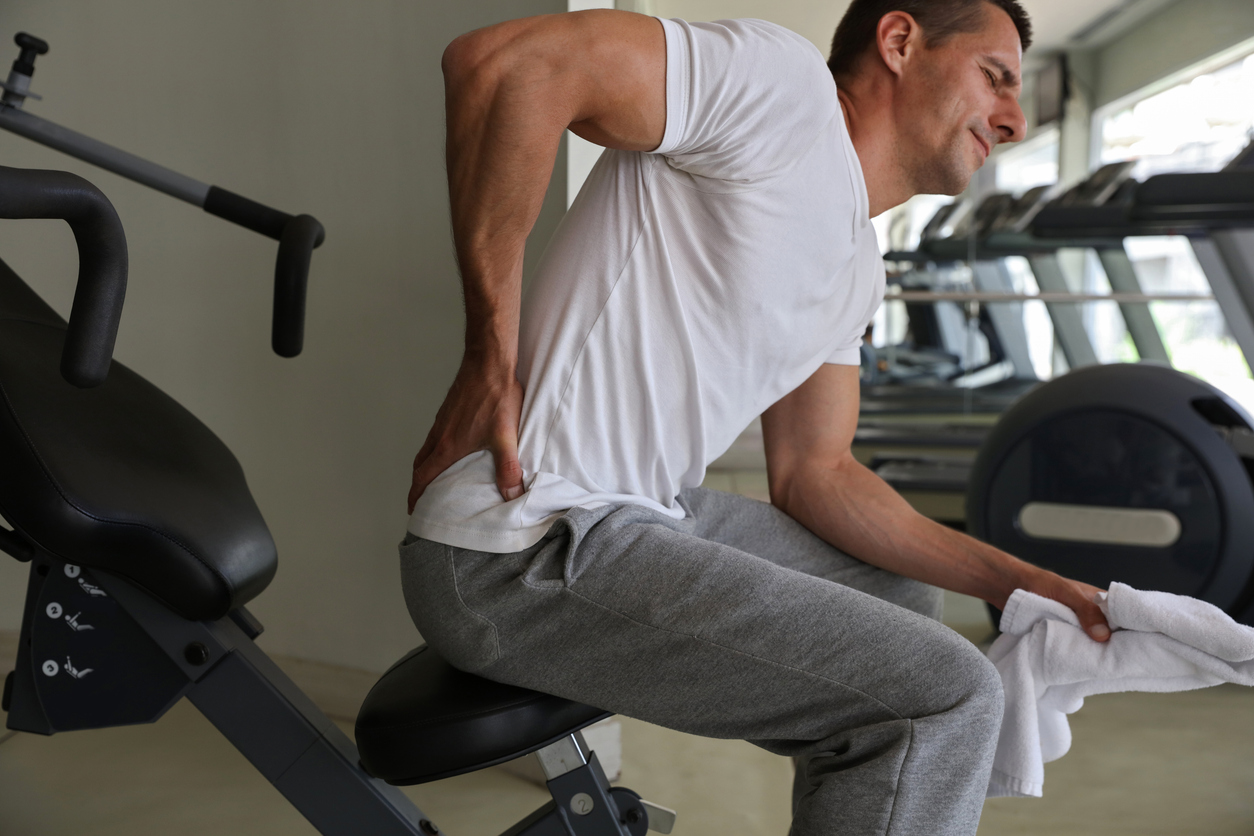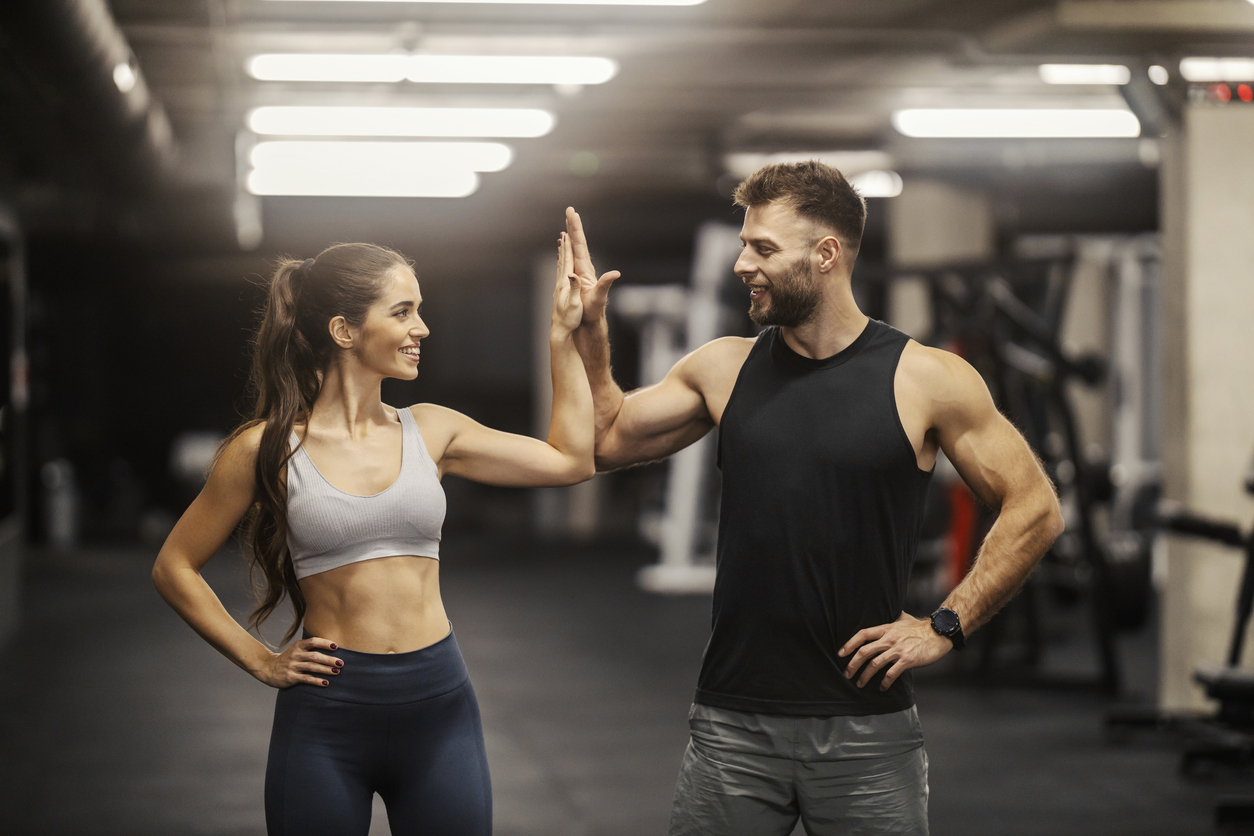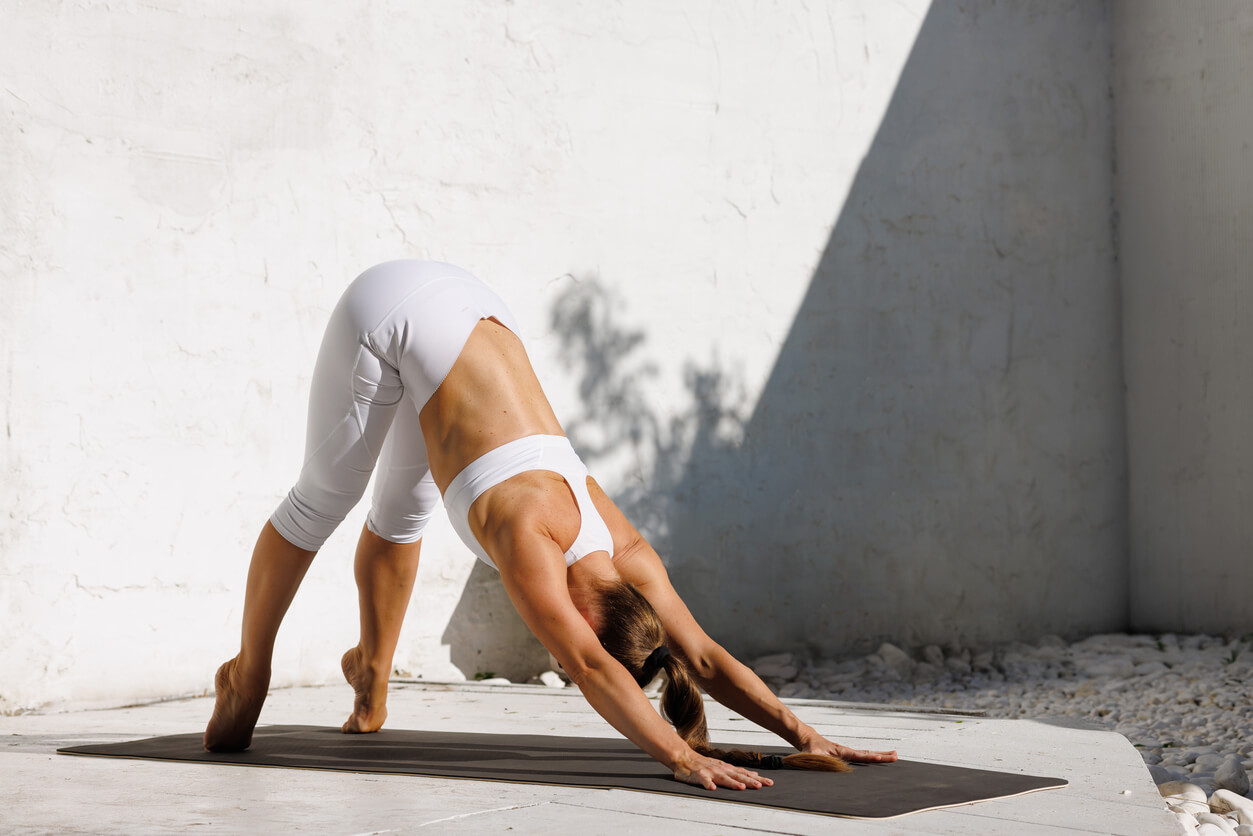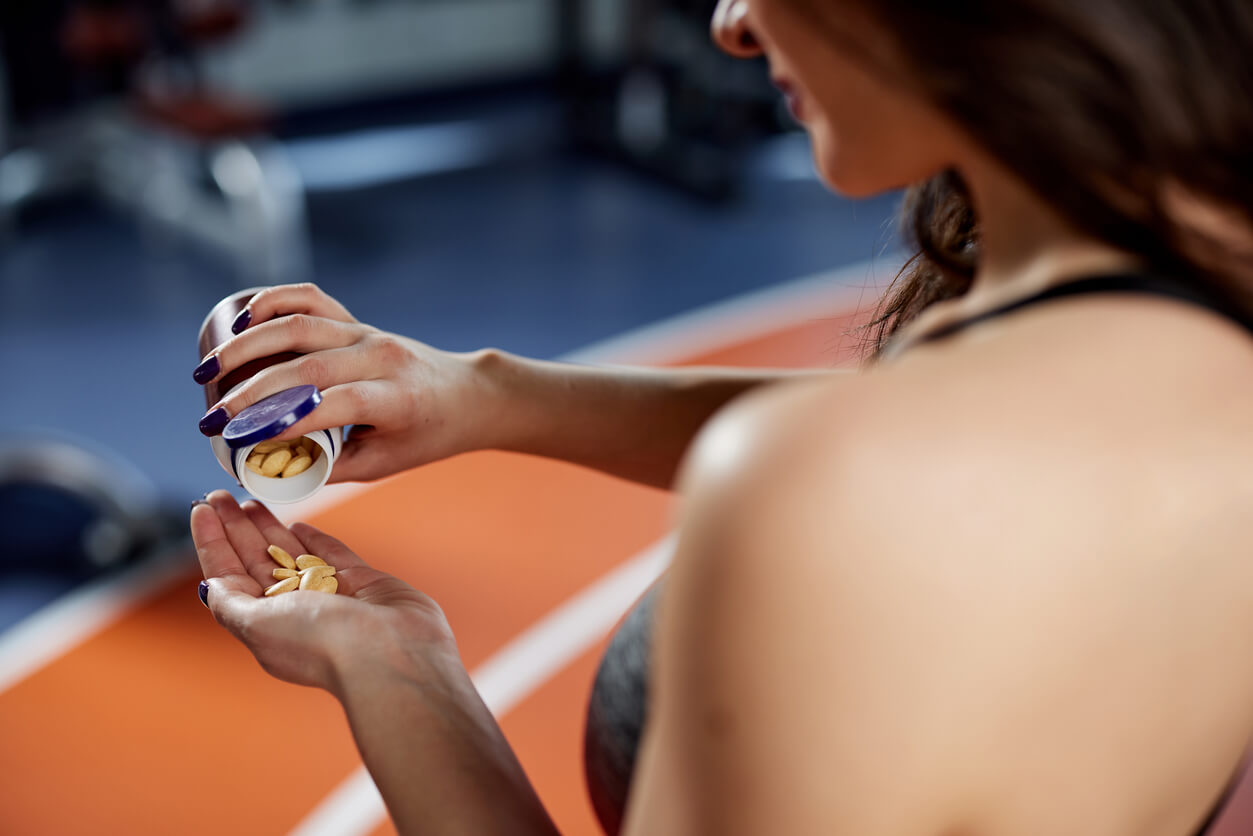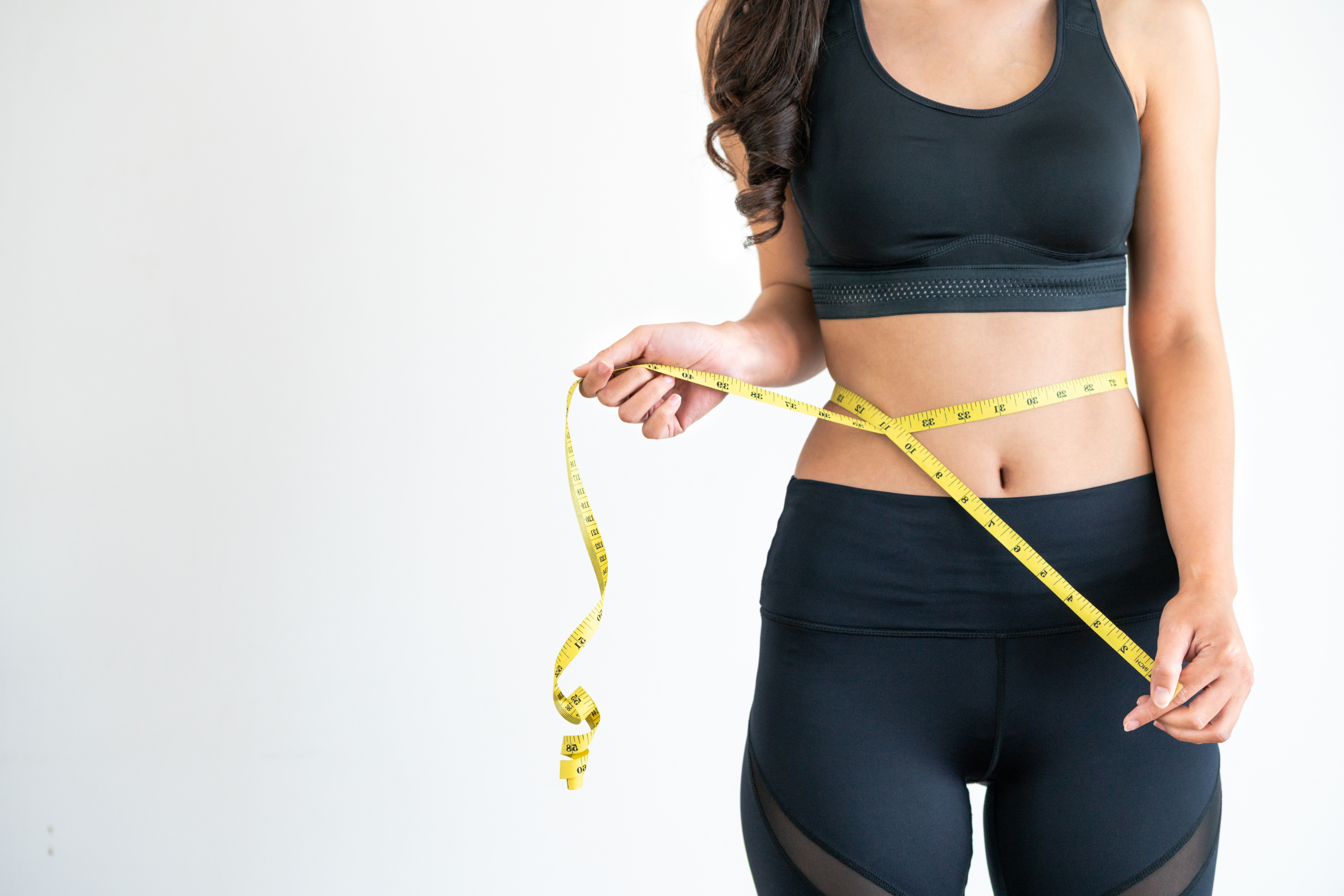Studies show that stretching isn’t just about flexibility. Regular static stretching boosts overall fitness, enhances muscle strength, and helps prevent injuries. That’s why research supports making flexibility a key part of any fitness program.
Whether you want to touch your toes or move more comfortably each day, improving flexibility is for you. It enhances your performance and keeps you feeling great.
Ready to stretch those limits? Explore what flexibility is, why it’s important, and how you can start improving it with simple techniques.
What Is Flexibility, and What Affects It?
Flexibility lets your joints and muscles move easily through their entire range of motion. This means that your body can bend, stretch, twist, and reach naturally without restriction or discomfort. It involves not only the muscles but also connective tissues like tendons and ligaments.
Flexibility varies from person to person, and several factors can influence how flexible you are. Here are the elements that can impact your flexibility:
- Age: Flexibility often decreases with age, but regular stretching can help maintain and improve it.
- Genetics: Your genetic makeup determines your natural level of flexibility. Some may be naturally more flexible than others.
- Physical Activity Level: Active individuals tend to have better flexibility. Activities like yoga, swimming, and dance enhance flexibility.
- Other Factors: Previous injuries, hydration, and overall muscle health can also impact flexibility.
Areas of the Body Most People Need to Improve for Flexibility
When it comes to flexibility, some areas of the body tend to be tighter and may require more attention. Focusing on these spots can greatly enhance your range of motion and reduce muscle tension:
- Hamstrings: Located at the back of your thighs, the hamstrings are often tight, especially if you sit for long periods. Improving flexibility here can help with overall leg movement and reduce lower back strain.
- Shoulders: Tight shoulders can restrict arm movement. Stretching this area can improve posture and allow for greater reach and mobility.
- Hips: Hip flexibility is essential as they support many movements. Tight hips can lead to discomfort and affect activities like walking and running.
- Calves: Stretching the calves, especially with exercises like the calf stretch, can enhance balance and reduce strain on the ankles and feet.
- Neck and Upper Back: Incorporating neck stretches can alleviate tension caused by stress or prolonged sitting and promote better neck and upper back movement.
- Arms and Legs: For full mobility, focus on areas like the left arm or right arm. Stretching different parts of your arms and legs helps maintain a balanced range of motion.
Why Flexibility Matters
Flexibility is more than just a measure of how far you can stretch. It helps maintain overall health and enhances daily activities.
Enhances Athletic Performance
Flexibility supports a wide range of movements. Athletes, whether runners, swimmers, or dancers, benefit from increased flexibility, which allows them to perform at their best by enhancing speed, strength, and coordination.
Eases Everyday Tasks
Improved flexibility contributes to ease in daily activities, such as bending down to pick something up or reaching for items on high shelves. It allows you to move with greater ease and comfort, making routine tasks less of a struggle.
Reduces Muscle Soreness
Engaging in flexibility exercises helps flush out metabolic waste from muscles after workouts. This helps relieve soreness and speeds up recovery, keeping you active without extended discomfort.
Relieves Muscle Tension
Regular stretching eases tension accumulated from stress or prolonged periods of sitting, leading to a more relaxed body and mind. This tension relief contributes to improved mental well-being as well.
Improves Exercise Form
With improved flexibility, you can maintain proper form during exercises, ensuring that you get the most out of your workout and effectively target the right muscles.
Reduces Injury Risk
Muscles and joints with good flexibility are less likely to experience strains, sprains, and other injuries. By allowing smoother and more efficient movement, flexibility helps protect your body during physical activities and unexpected motions.
Ways to Improve Flexibility
Boosting flexibility is a rewarding journey that involves dedication and a variety of techniques. Here are tips and exercises to improve flexibility:
Static Stretching
Performing static stretches is essential for increasing flexibility. Focus on major muscle groups such as the hamstrings, calves, shoulders, and back, holding each stretch for 20-30 seconds. Over time, these stretches help to elongate muscle fibers and release tension. Static stretches are best done post-workout when your muscles are warm, which allows for deeper and more effective stretching.
Dynamic Stretching
Integrate dynamic stretching techniques into your warm-ups. This involves active movements such as arm circles, leg swings, and torso twists. These movements stimulate blood flow and prepare your muscles for exercise by enhancing their range of motion. Dynamic stretching is excellent for increasing flexibility before engaging in physical activities.
PNF Stretching (Proprioceptive Neuromuscular Facilitation)
PNF stretching uses a mix of passive stretches and isometric contractions. It’s highly effective, often leading to quick improvements in flexibility. With a partner or by using resistance, stretch the muscle to its limit, then contract it for a few seconds before stretching deeper.
Consistency is Key
Flexibility gains require regular practice. Incorporate stretching into your routine at least three to five times a week. Consistent stretching leads to gradual improvements and helps maintain flexibility over the long term.
Incorporate Yoga and Pilates
Yoga and Pilates are highly effective for improving flexibility. Both practices emphasize controlled breathing, strength building, and full-body stretching. Yoga poses like the downward dog and Pilates exercises such as the spine stretch help to open up tight areas and improve overall flexibility.
Proper Warm-up Routine
Never skip the warm-up. A light jog, brisk walk, or slow cycling prepares your muscles and joints, increasing circulation and reducing the risk of injury during stretching.
Stay Hydrated and Follow a Balanced Diet
Proper hydration keeps muscles elastic and joint surfaces lubricated. A balanced diet providing essential nutrients supports muscle health and recovery and aids flexibility.
Use of Foam Rollers and Massage
Foam rolling and deep tissue massage help release tightness, improve circulation, and break down fascial adhesions. This supports greater muscle flexibility and aids recovery from workouts.
Breathing Techniques
Incorporate deep breathing during your stretches. This helps you to relax and allows your muscles to stretch more deeply and effectively by releasing stored tension.
Set Realistic Goals
Start with attainable flexibility goals. Whether aiming to touch your toes or achieve a specific yoga pose, track your progress and celebrate small wins. Gradually increase the duration and intensity of your stretches to keep improving.
What Is the Best Strategy to Improve Flexibility in Your Legs and Back?
Improving flexibility in your legs and back involves consistent stretching, intentional movement, and exercises that target tight major muscle groups and stiff joints.
Below are some of the most effective exercises:
1. Standing Forward Bend
Stand tall with your feet hip-width apart. Hinge forward at your hips and let your head and arms hang toward the ground. This stretch targets your hamstrings, calves, and lower back. Let gravity assist you while breathing deeply to release tension.
2. Downward-Facing Dog
Begin in a tabletop position, then raise your hips up and back to create an inverted “V” shape. Keep your heels reaching toward the ground and your spine long. This yoga pose stretches the hamstrings, calves, glutes, spine, and shoulders simultaneously.
3. Seated Forward Fold
Position yourself on the floor with your legs straight out in front. Reach forward from your hips and aim to touch your toes, keeping your spine long. This is a powerful stretch for tight hamstrings and lower back muscles.
4. Lunge With Spinal Twist
Stand and step one foot forward into a lunge. Place the opposite hand on the ground, then twist your torso toward the front leg and reach the other arm skyward. This dynamic stretch opens the hip flexors, lengthens the quads, and adds spinal rotation for improved back mobility.
5. Cat-Cow Stretch
Get on your hands and knees. Arch your back while inhaling, lifting your head and tailbone for the Cow pose. As you exhale, lower your chin and round your spine into the Cat pose. This gentle movement helps lubricate the spine and improve back flexibility.
6. Pigeon Pose
From a plank or downward dog position, bring one knee forward and rest it in front of your hips. Stretch the opposite leg behind you and lean your upper body over the front leg. This deep hip opener targets the glutes, hip flexors, and lower back, releasing chronic tightness.
7. Butterfly Stretch
Sit upright and touch the soles of your feet together, letting your knees gently fall outward. Hold onto your feet and softly press your knees closer to the ground. This targets the inner thighs and groin while encouraging better posture and hip mobility.
8. Kneeling Hip Flexor Stretch
Kneel on one knee with one foot flat in front (at a 90-degree angle). Keep your back straight as you push your hips forward. This stretch relieves tight hip flexors, which often pull on the lower back and reduce leg flexibility.
9. Wall Hamstring Stretch
Lie on your back, extending one leg up against a wall while the other rests flat on the floor. This supported stretch helps lengthen the hamstrings safely without putting strain on the spine.
10. Child’s Pose
Kneel and sit back on your heels, putting your arms forward as you lower down your chest. This restorative pose lengthens the spine, releases tension in the back, and gently opens the hips.
Note: These are just some of the many effective exercises that can help improve flexibility in your legs and back. Everyone’s body is different, so feel free to explore additional stretches or work with a fitness or physical therapy professional to create a routine for your needs and mobility goals.
How to Use These Exercises Effectively
Incorporating flexibility exercises into your routine the right way is essential for maximum benefits.
- Frequency: Aim to perform these exercises 3–5 times per week. Consistent practice helps improve flexibility and strengthen muscles over time. Having a regular schedule helps you stay more committed and monitor your progress.
- Duration: Hold each static stretch for 20–30 seconds, repeating each stretch 2–3 times. This helps your muscles relax and lengthen effectively. Consistent duration ensures effective stretching without overworking the muscles.
- Breathing: During each stretch, concentrate on breathing deeply in and out slowly. Controlled breathing helps relax your muscles, increase oxygen flow, and enhance overall relaxation.
- Progression: Gradually ease into deeper stretches as your flexibility improves. Begin with gentle stretches, gradually increasing the intensity as your body adapts. Avoid bouncing or pushing beyond your limits to prevent strain or injury.
- Mindful Practice: Pay attention to how your body feels during each stretch. Mindfulness helps you recognize areas of tension or discomfort, allowing for adjustments that maximize benefit and minimize injury risk.
- Use of Props: Incorporate props like yoga blocks or straps to help maintain proper alignment and support your body, especially when attempting deeper stretches.
- Incorporate Variety: Vary your routine with different exercises to maintain interest and target different muscles. This helps prevent plateaus and keeps your routine fresh and effective.
Maximize Your Movement: Book an Appointment With Us
Are you ready to improve your flexibility and feel better every day? At Apex Fit, we’re here to help you with personalized strategies and exercises tailored just for you. We will work closely with you to release your body’s full potential, making movement easier and more comfortable.
Whether you’re looking to boost your workout performance or feel more at ease in daily activities, our personal training services will guide you every step of the way. Take a step to be more flexible and healthier by scheduling an appointment today!
